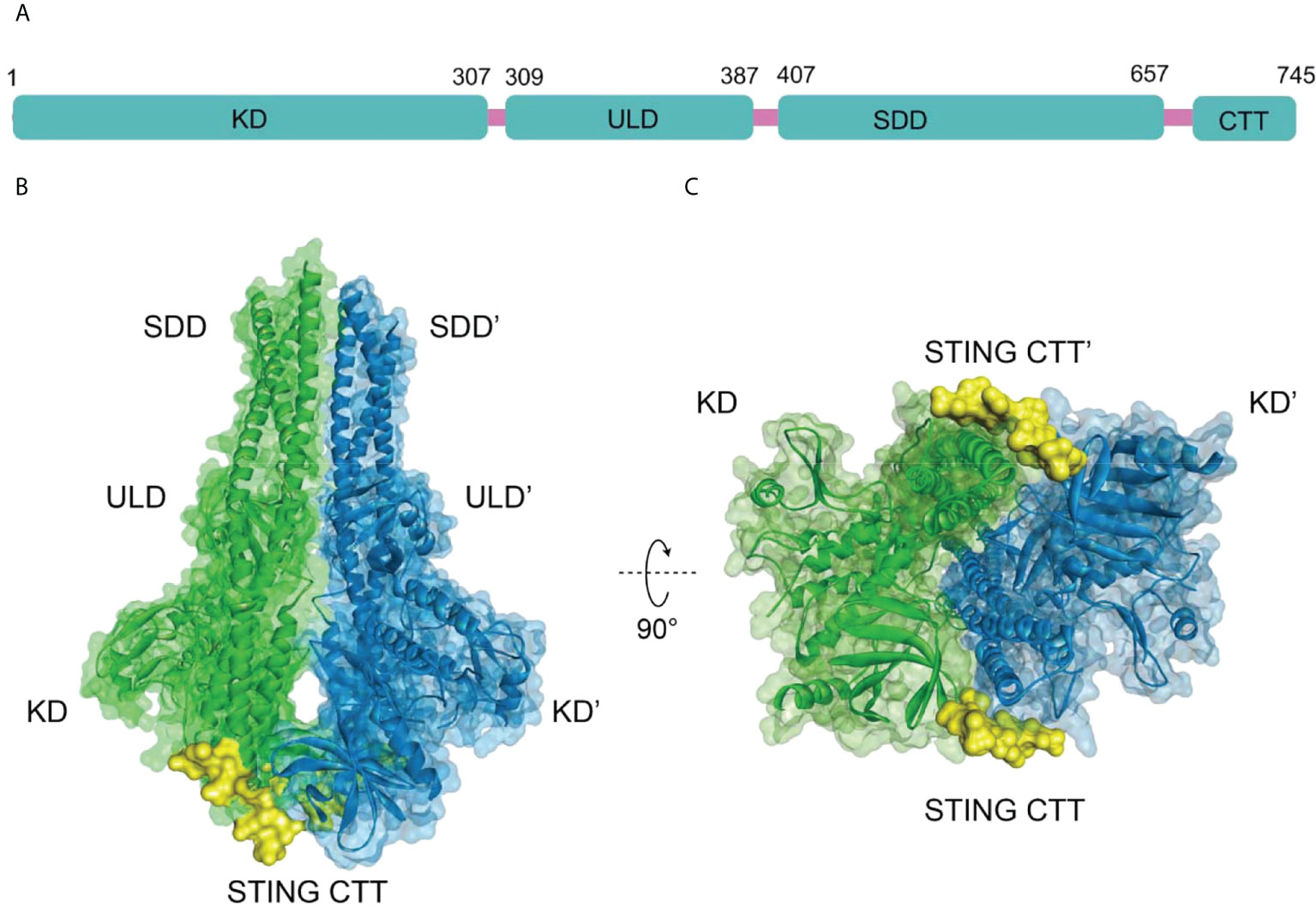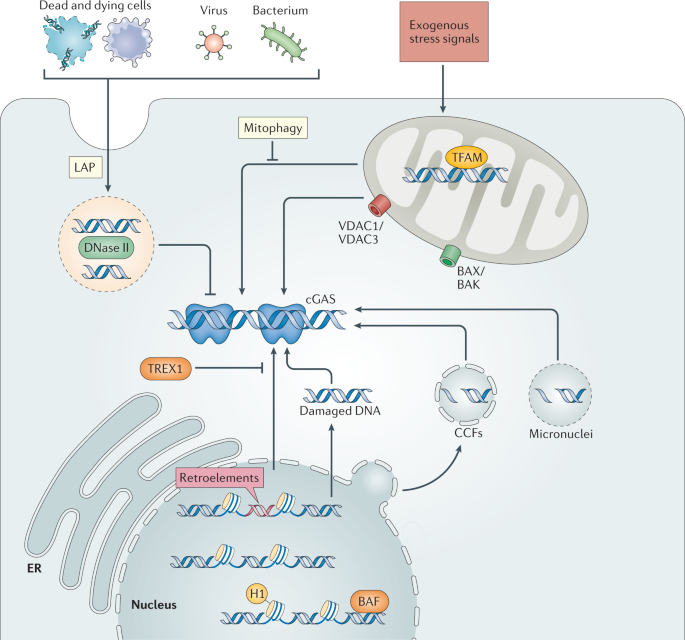Modular Architecture of the STING C-Terminal Tail Allows Interferon and NF-κB Signaling Adaptation

Modular Architecture of the STING C-Terminal Tail Allows Interferon and NF-κB Signaling Adaptation - ScienceDirect
Modular Architecture of the STING C-Terminal Tail Allows Interferon and NF-κB Signaling Adaptation
Modular Architecture of the STING C-Terminal Tail Allows Interferon and NF-κB Signaling Adaptation

TBK1 recruitment to STING activates both IRF3 and NF-κB that mediate immune defense against tumors and viral infections | PNAS

Targeting Stimulator of Interferon Genes (STING): A Medicinal Chemistry Perspective | Journal of Medicinal Chemistry

miniCTT mediates activation of DCs. (A) BFP and CD86 expression in DCs... | Download Scientific Diagram

STING is an essential mediator of the Ku70-mediated production of IFN-λ1 in response to exogenous DNA | Science Signaling
Modular Architecture of the STING C-Terminal Tail Allows Interferon and NF-κB Signaling Adaptation

TBK1 recruitment to STING activates both IRF3 and NF-κB that mediate immune defense against tumors and viral infections | PNAS

Frontiers | Inhibitory targeting cGAS-STING-TBK1 axis: Emerging strategies for autoimmune diseases therapy

TBK1 and IKKε Act Redundantly to Mediate STING-Induced NF-κB Responses in Myeloid Cells - ScienceDirect

TBK1 recruitment to STING activates both IRF3 and NF-κB that mediate immune defense against tumors and viral infections | PNAS
Modular Architecture of the STING C-Terminal Tail Allows Interferon and NF-κB Signaling Adaptation
Modular Architecture of the STING C-Terminal Tail Allows Interferon and NF-κB Signaling Adaptation
Modular Architecture of the STING C-Terminal Tail Allows Interferon and NF-κB Signaling Adaptation
Modular Architecture of the STING C-Terminal Tail Allows Interferon and NF-κB Signaling Adaptation





